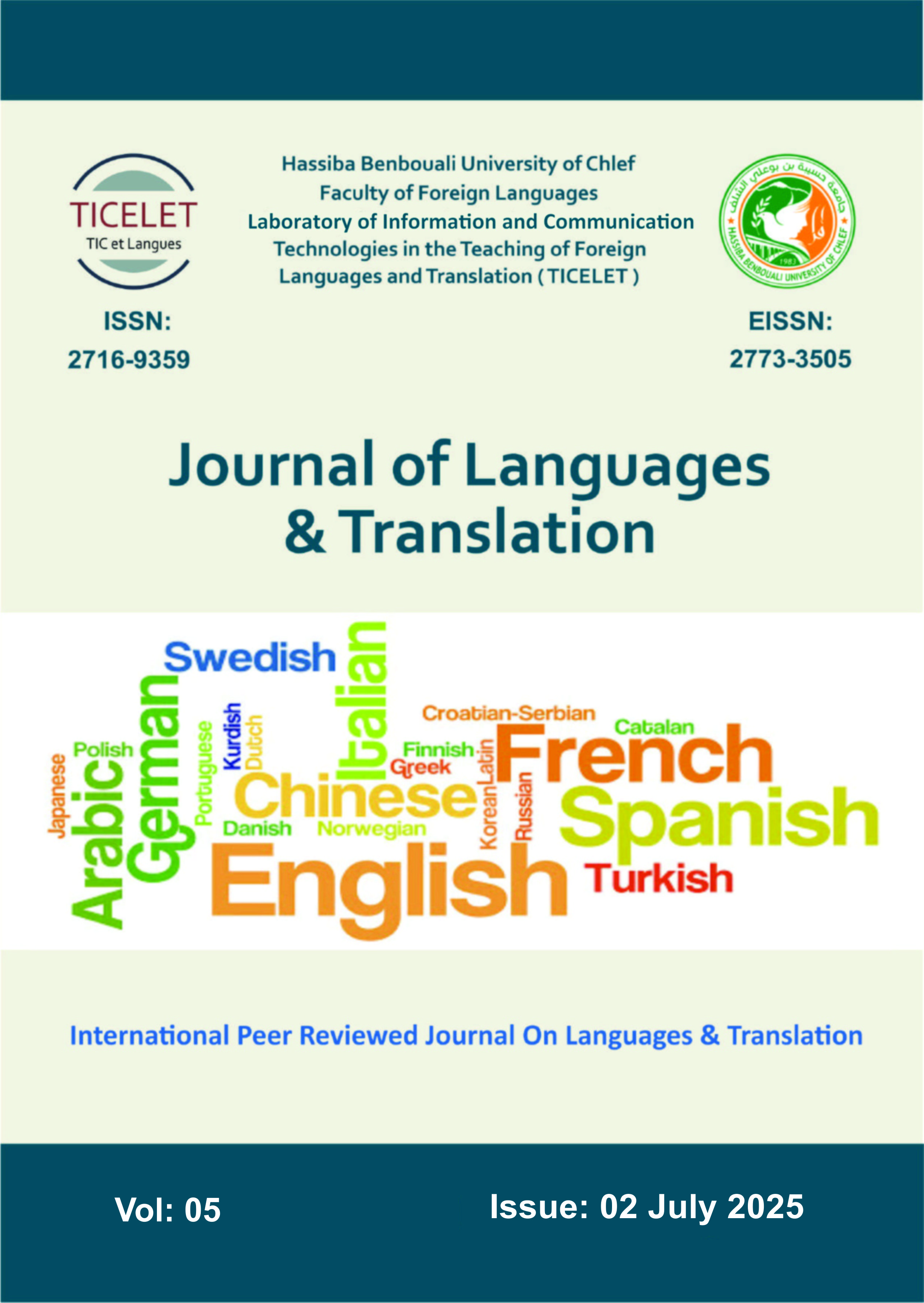Translating “Inside the Box”: A Paradigm Shift to Neural Machine Translation
DOI :
https://doi.org/10.70204/jlt.v5i2.662Mots-clés :
Artificial Intelligence, Neural Machine Translation, Source Input, Statistical Machine Translatio, Target OutputRésumé
At a time when artificial intelligence (AI) comes of age, machine translation; otherwise commonly referred to as MT, gains momentum. The present paper sheds light on two prominent yet divergent approaches in the realm of machine translation; i.e., statistical machine translation (SMT) and neural machine translation (NMT); the latter being the descendant of the former. The paper focuses on neural machine translation, being the most recent and most enhanced of the two approaches, and aims at providing a critical analysis of machine translation output as opposed to that of a human reference by probing the translation strategies deployed by three online translation tools that are free to use by translation professionals and translation students alike; namely, Google Translate, Yandex Translate, and Reverso Translation. It is worth mentioning; at this point, that the aforementioned online translation tools, unlike other ones, support Arabic in their language database, which caters to the needs of translation agents seeking language transfer involving Arabic as a source and/or target language. In order to examine the efficiency of these translation tools in terms of specialized translation, the corpus that has been chosen includes passages from three different text genres; political, economic, and judicial. The findings suggest that online translation tools prove to be efficient in translating sentences with short and simple structures with minimal interpretation scope. The findings also suggest that online translation tools help perform corpus-based translation tasks. Nevertheless, human judgment and supervision as well as editing are still required to ensure correctness, efficiency, and reliability especially in regards to cultural idiosyncrasies.














